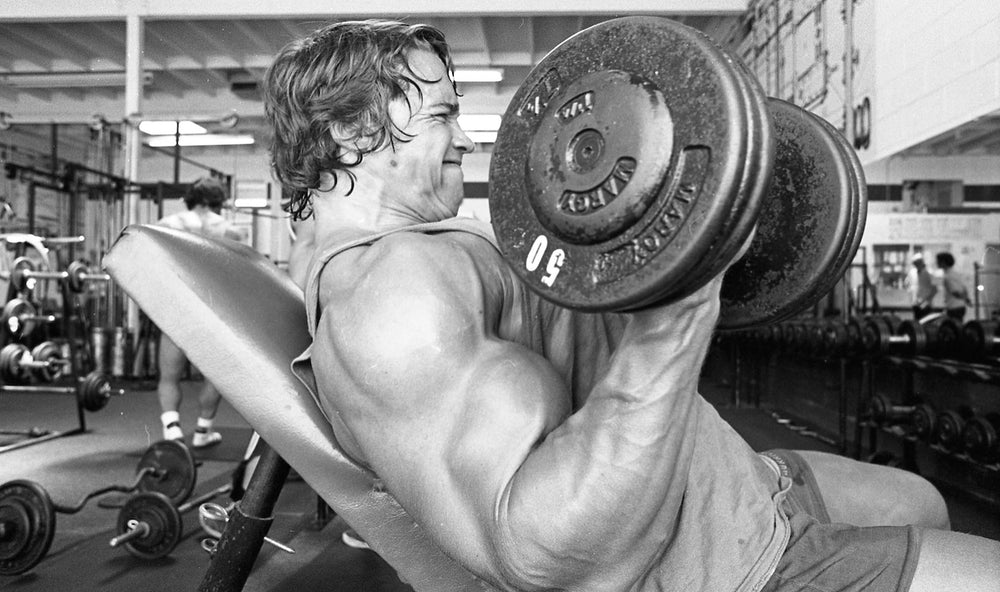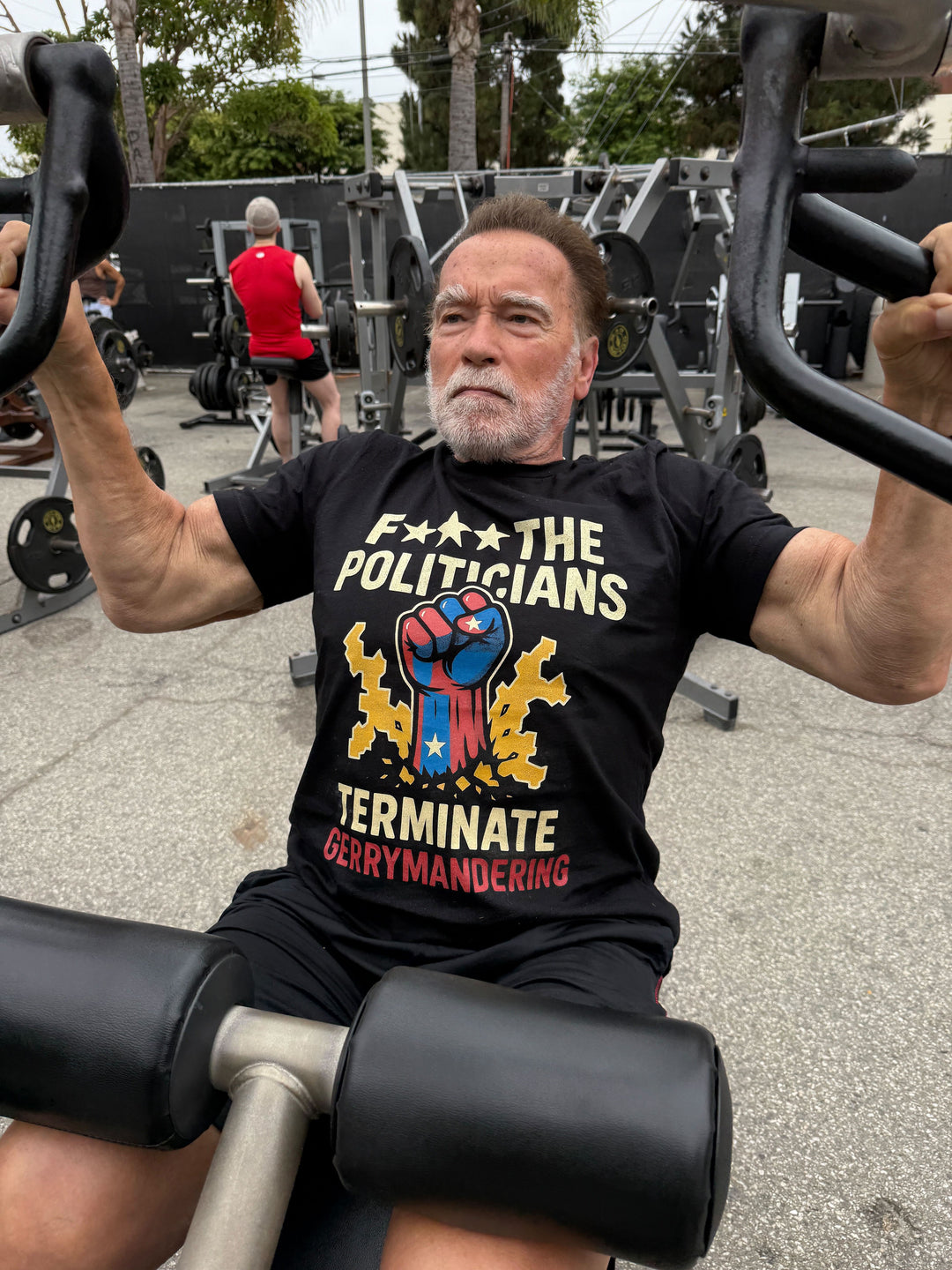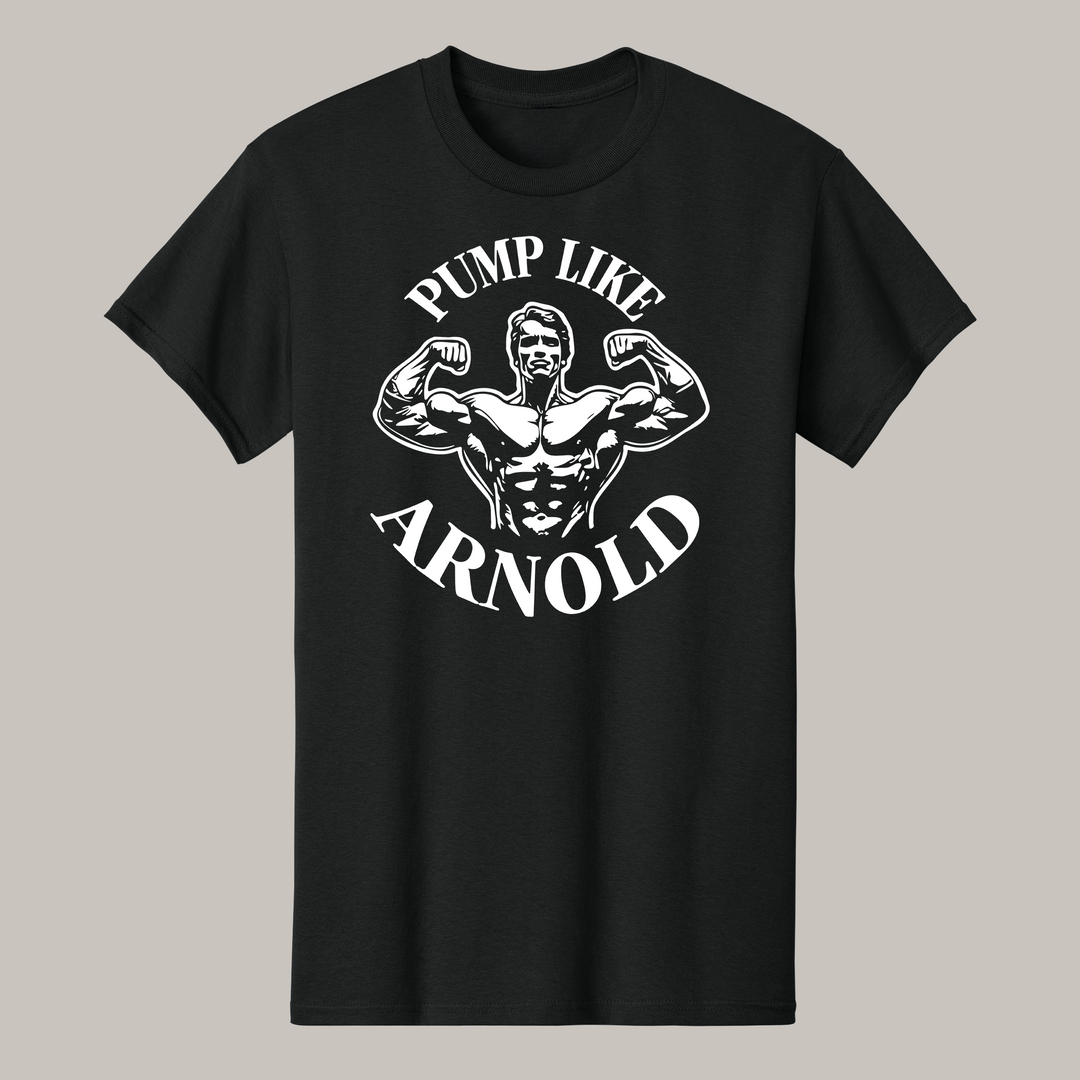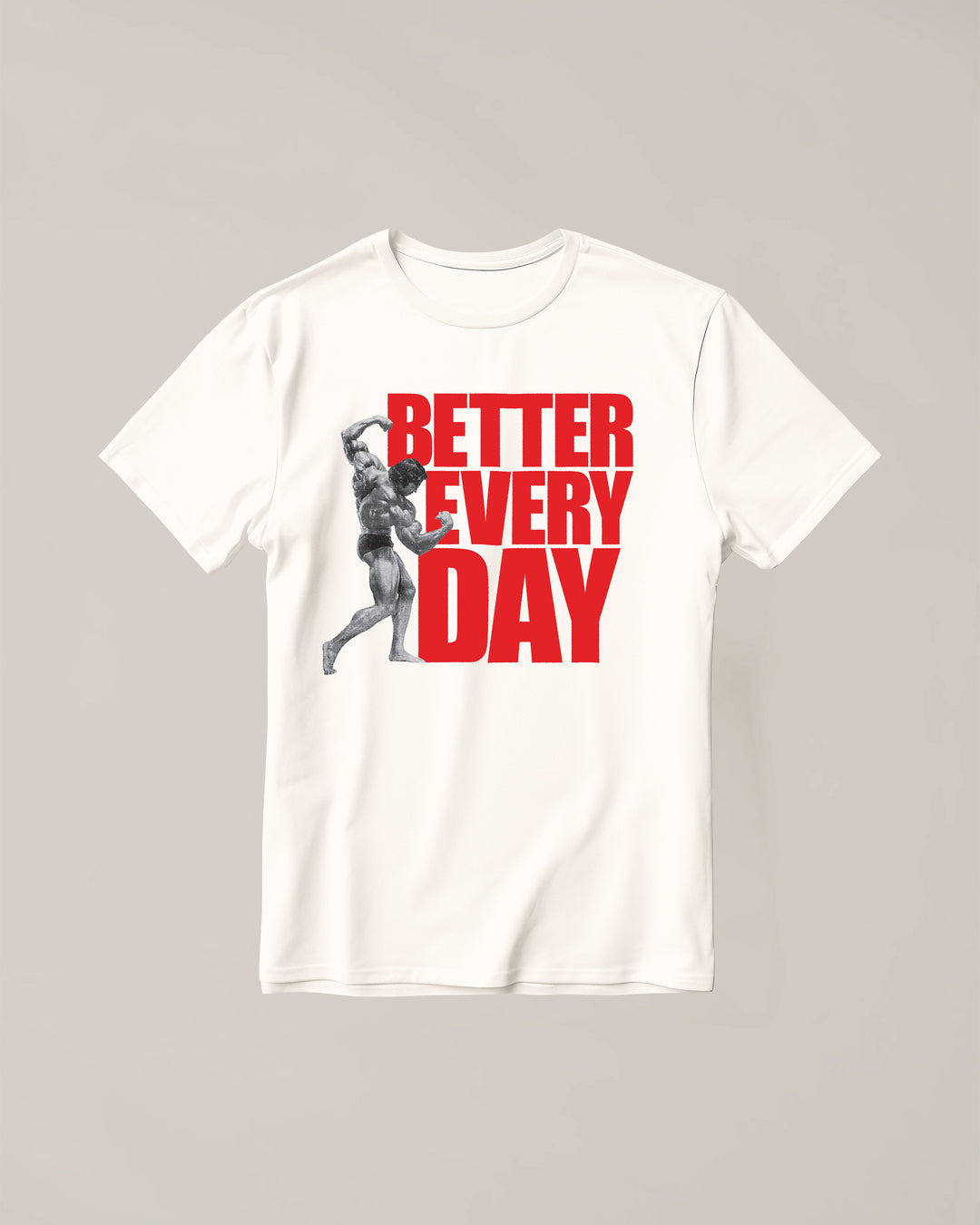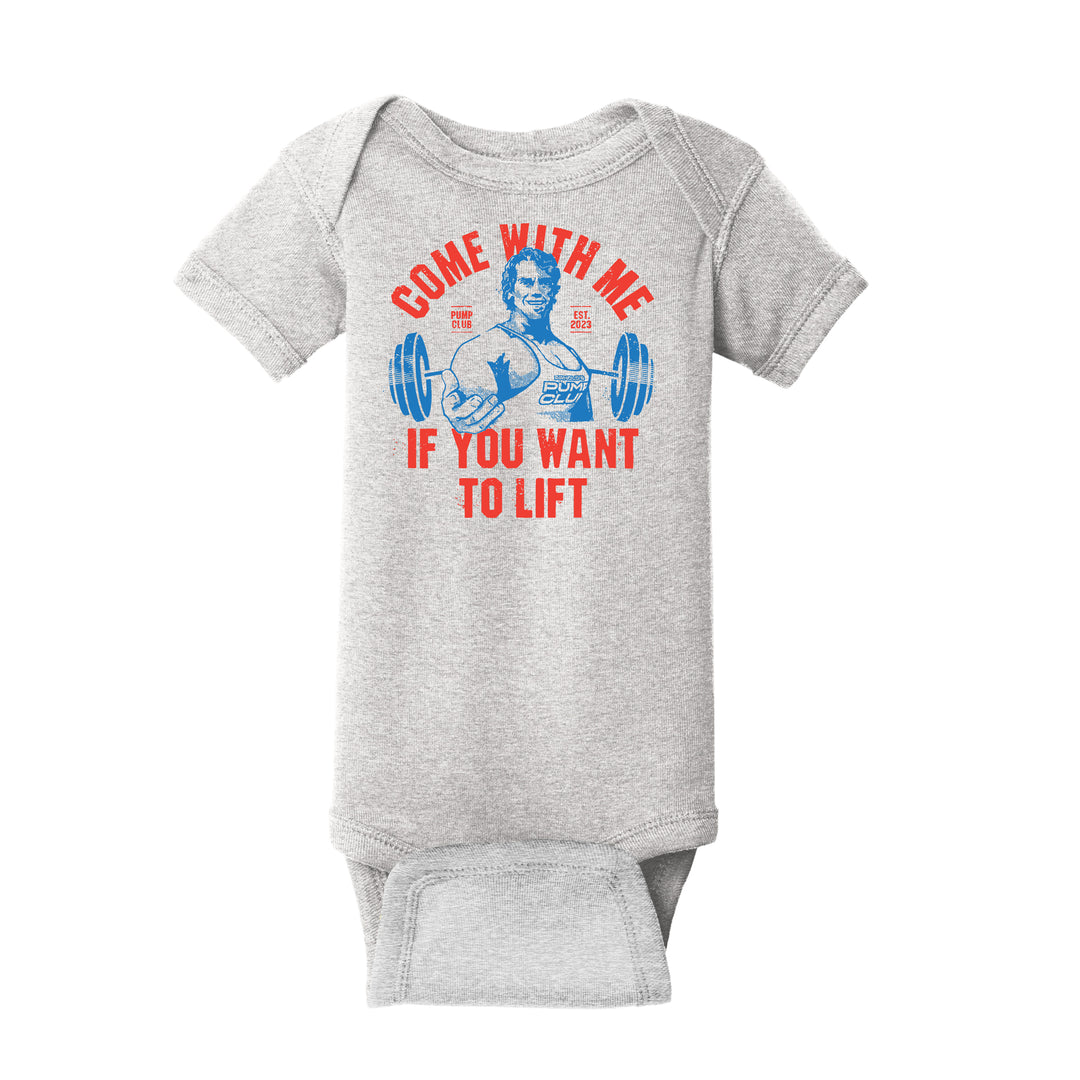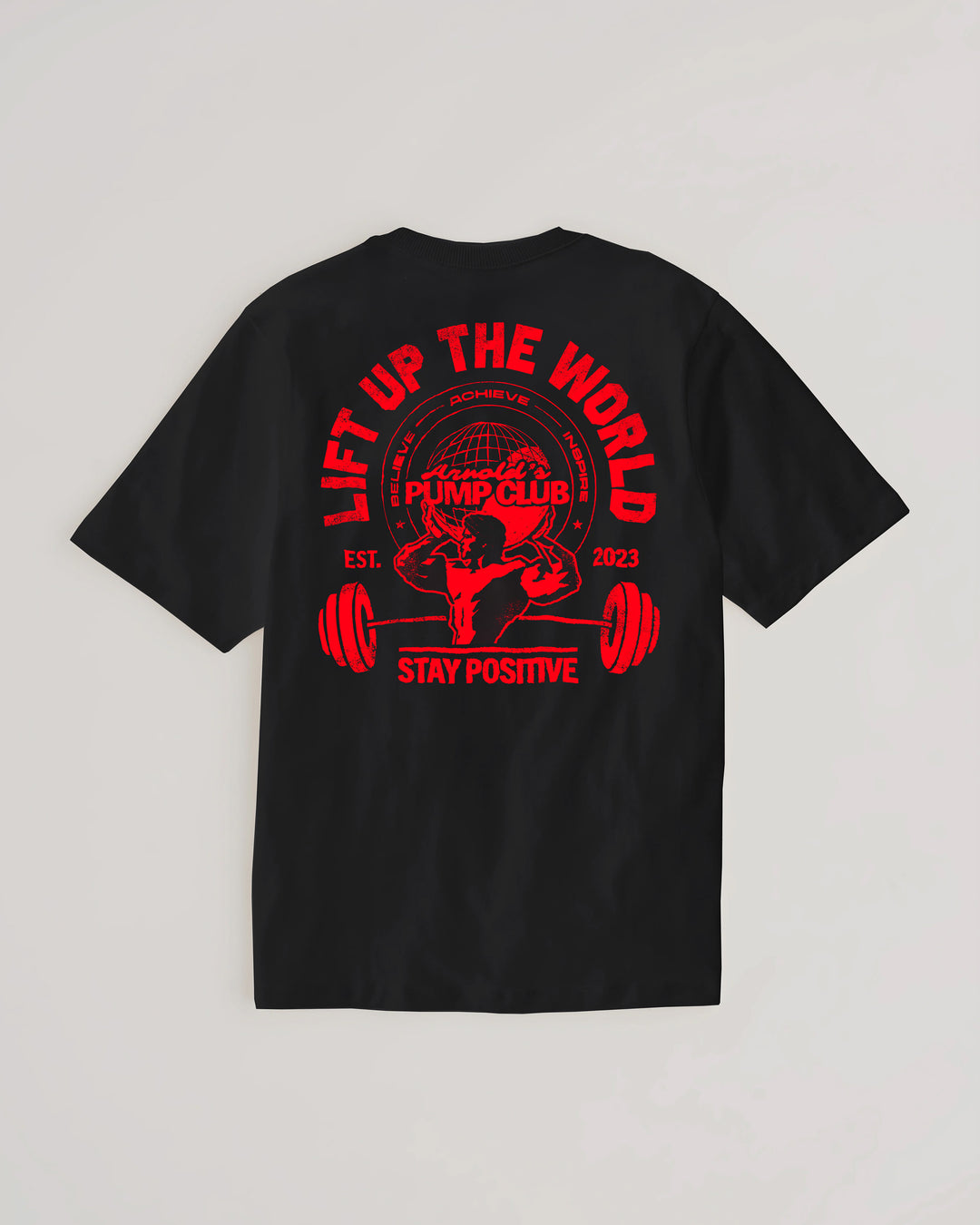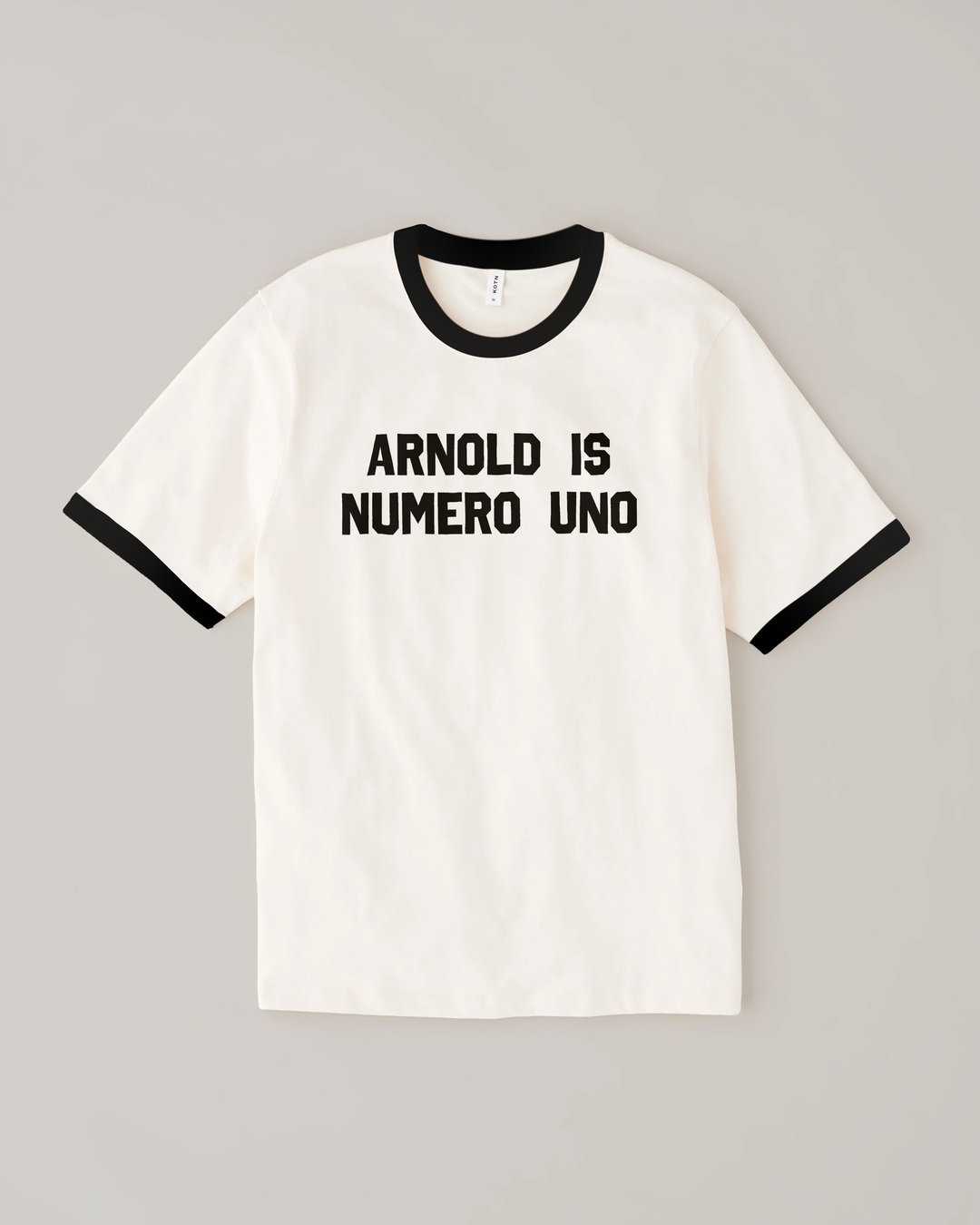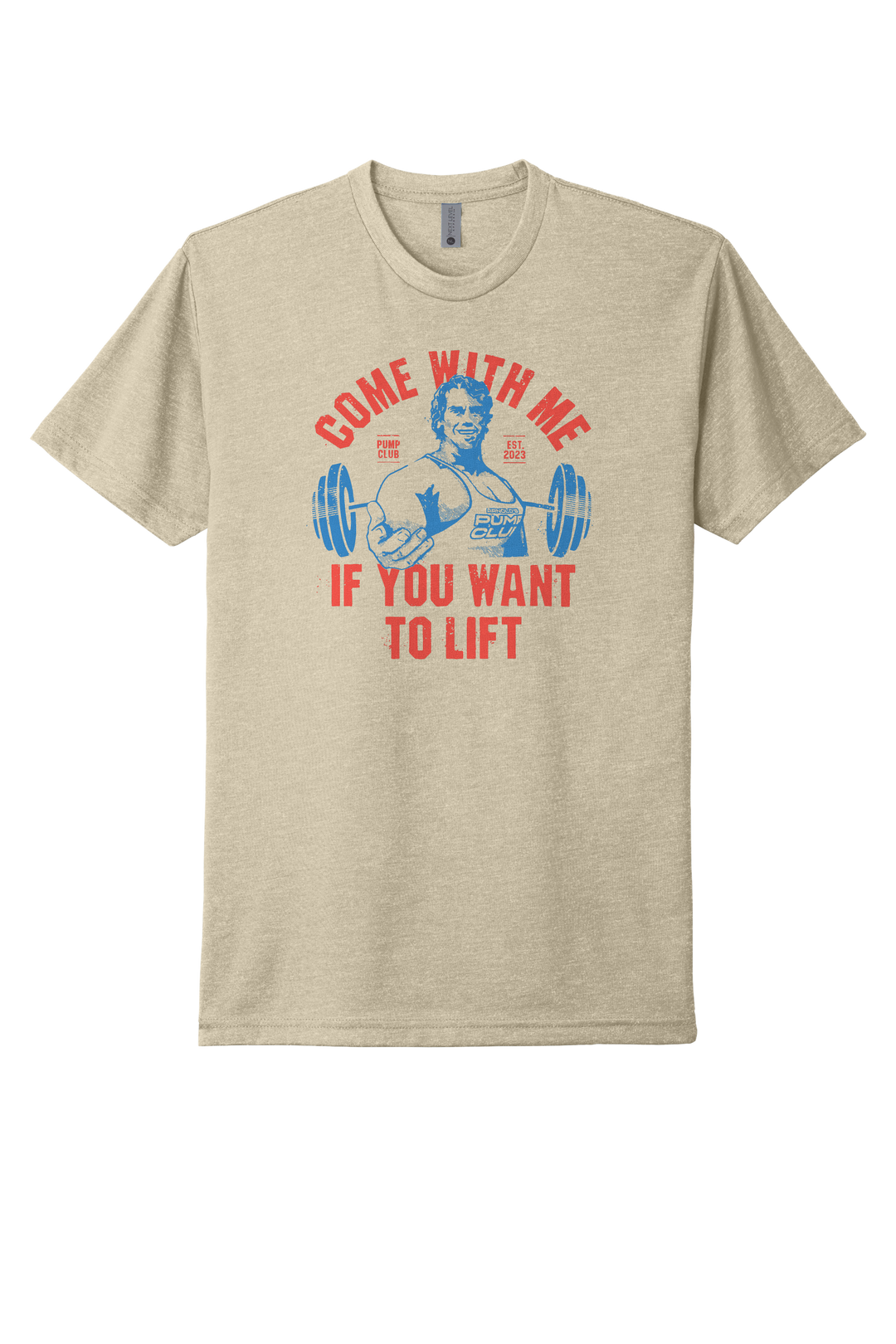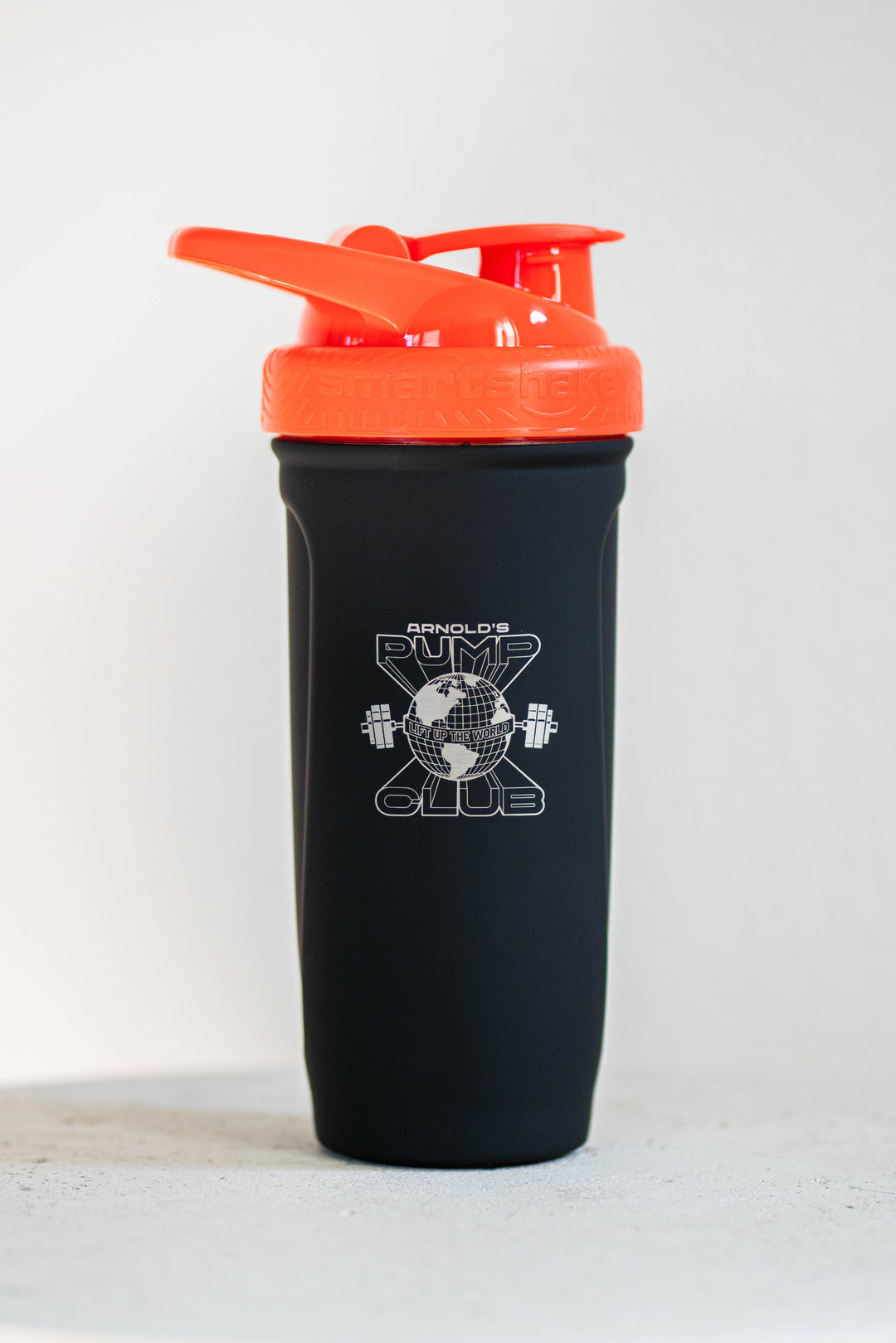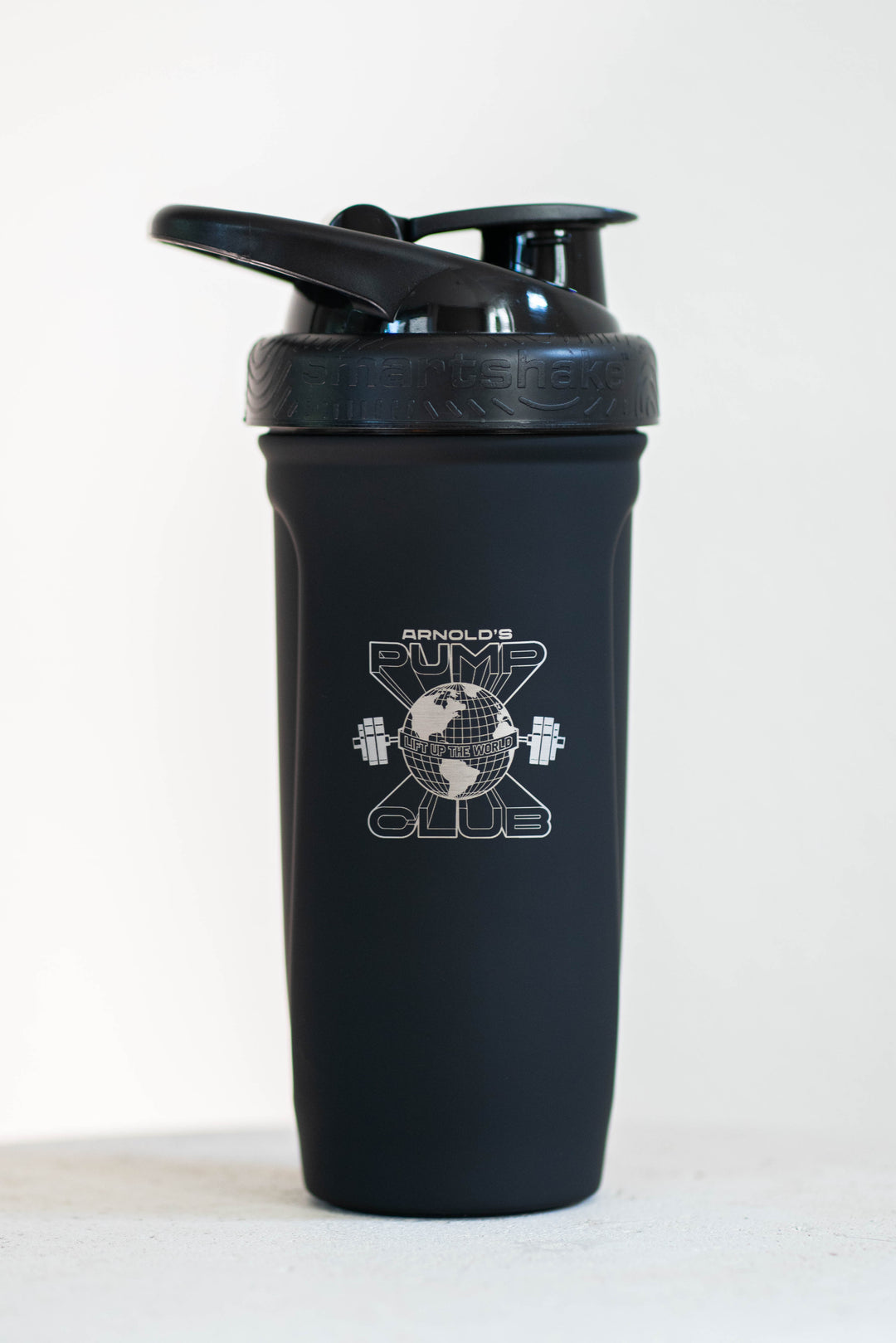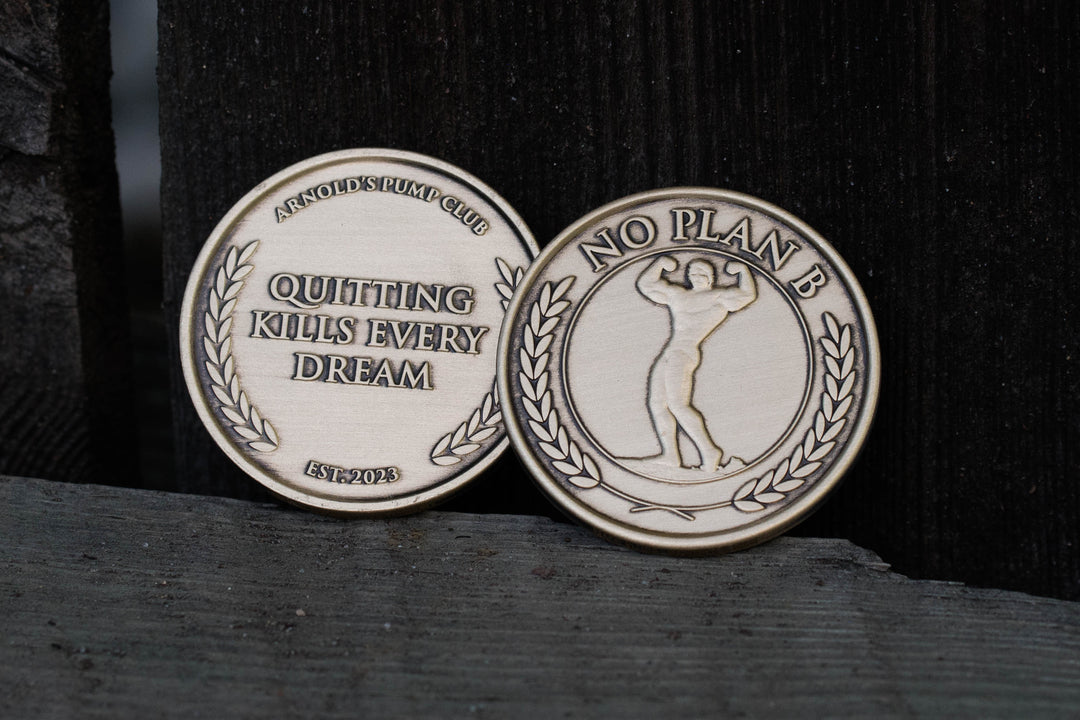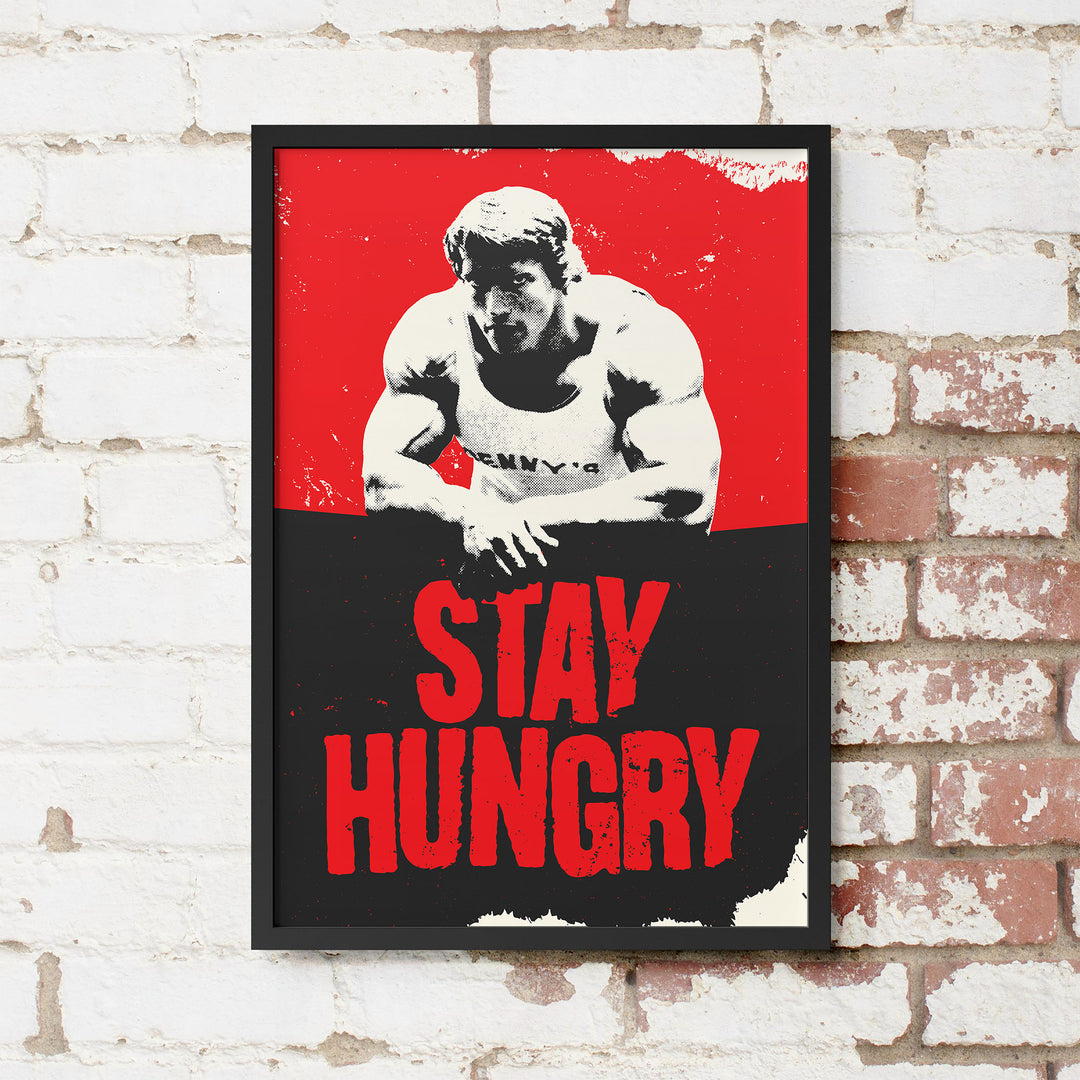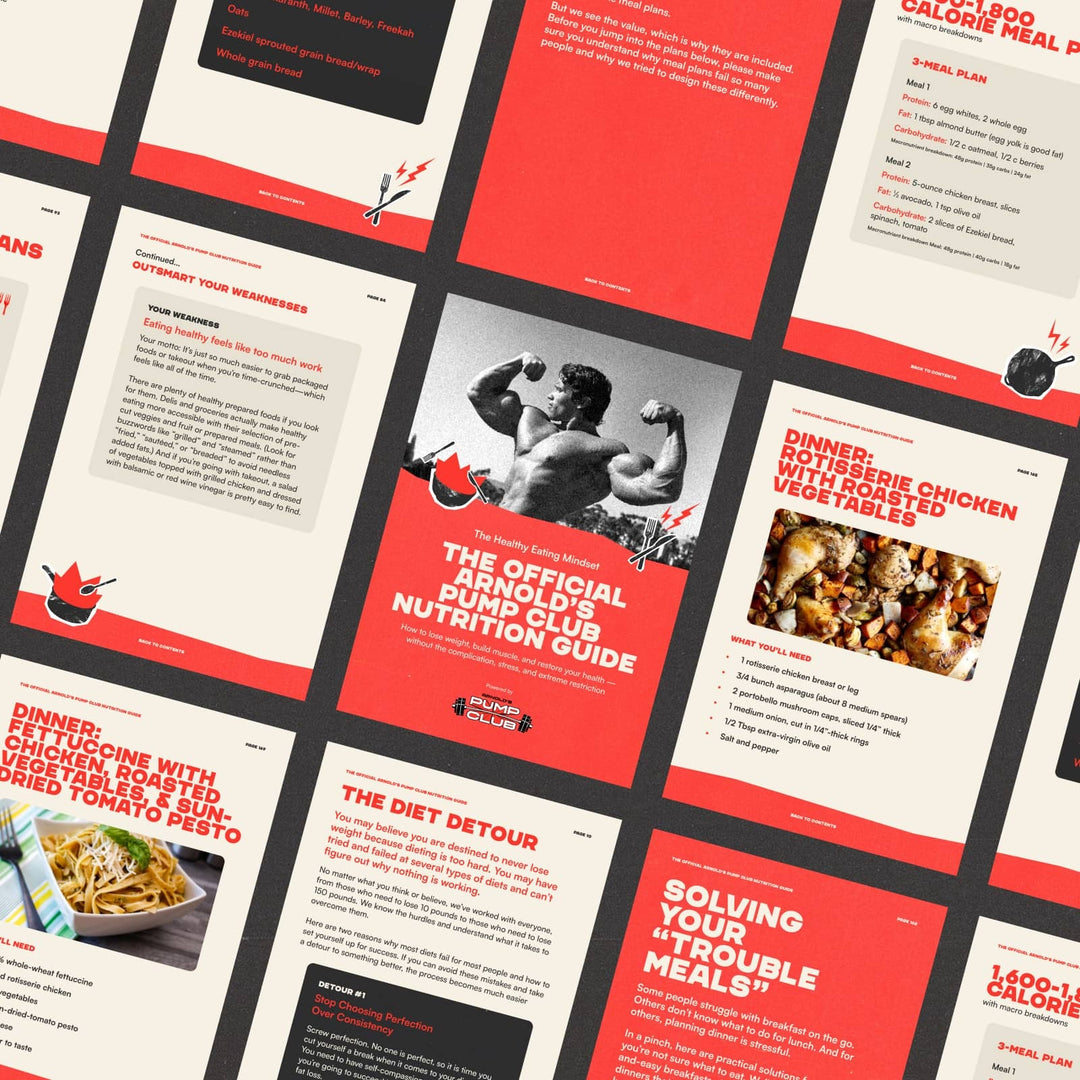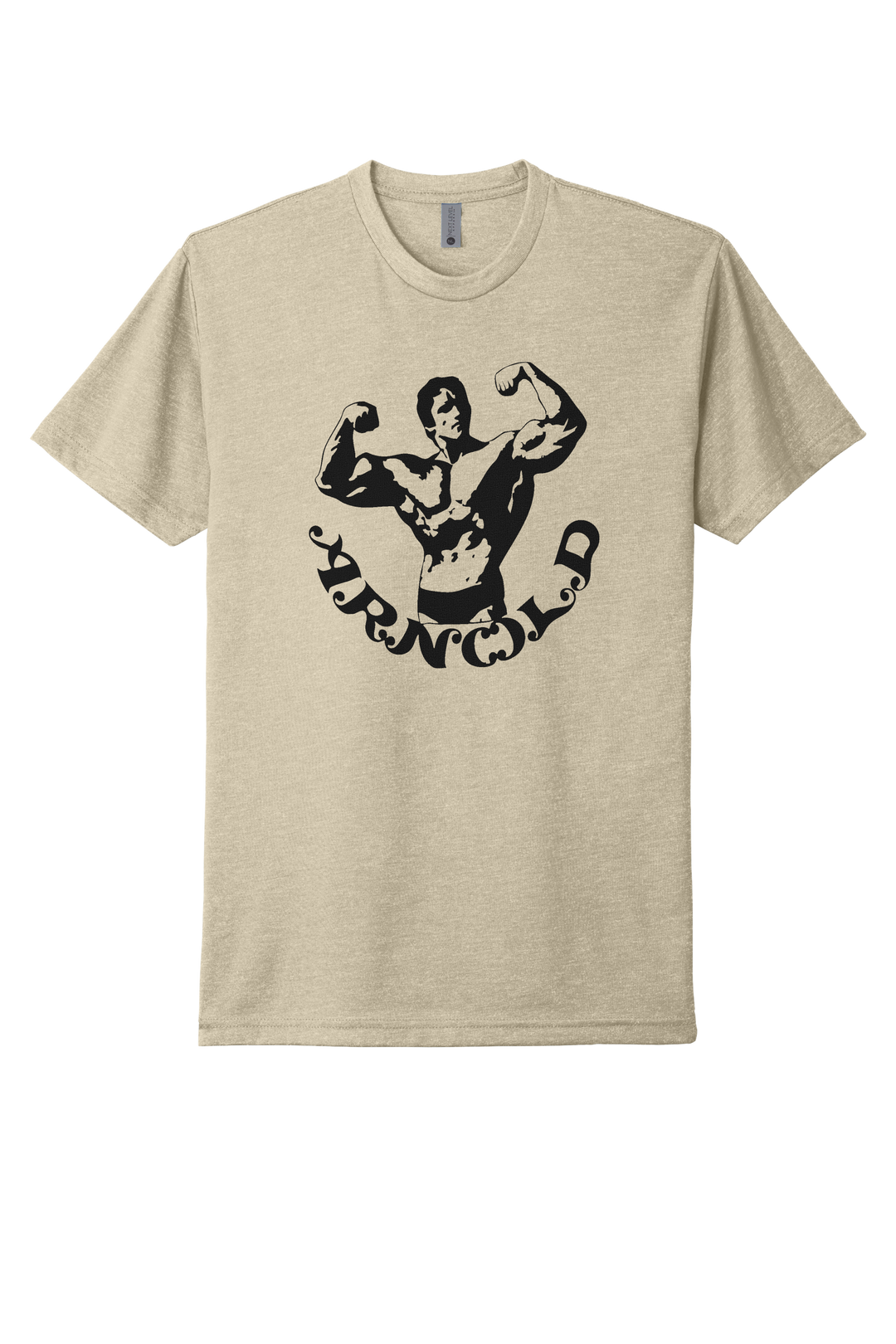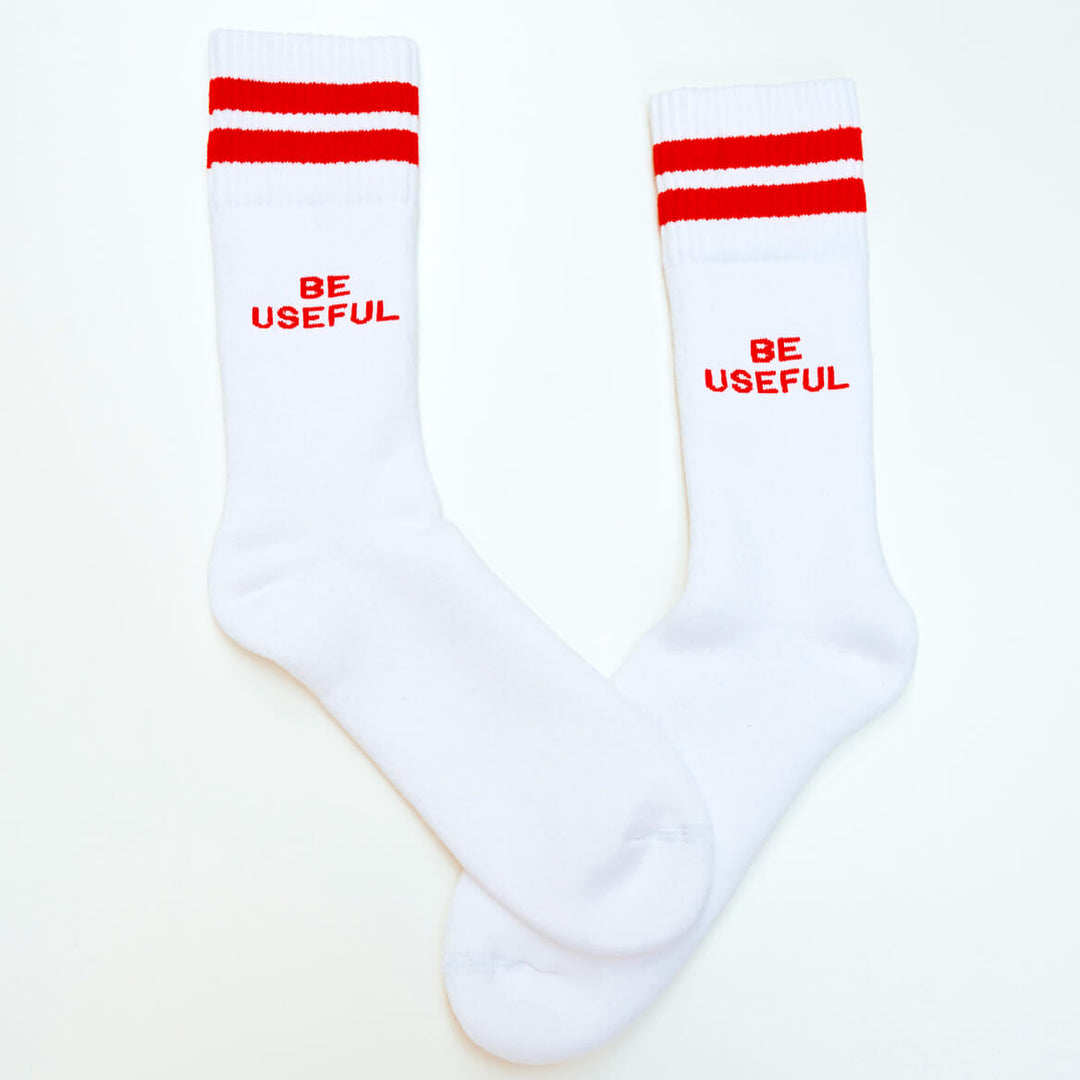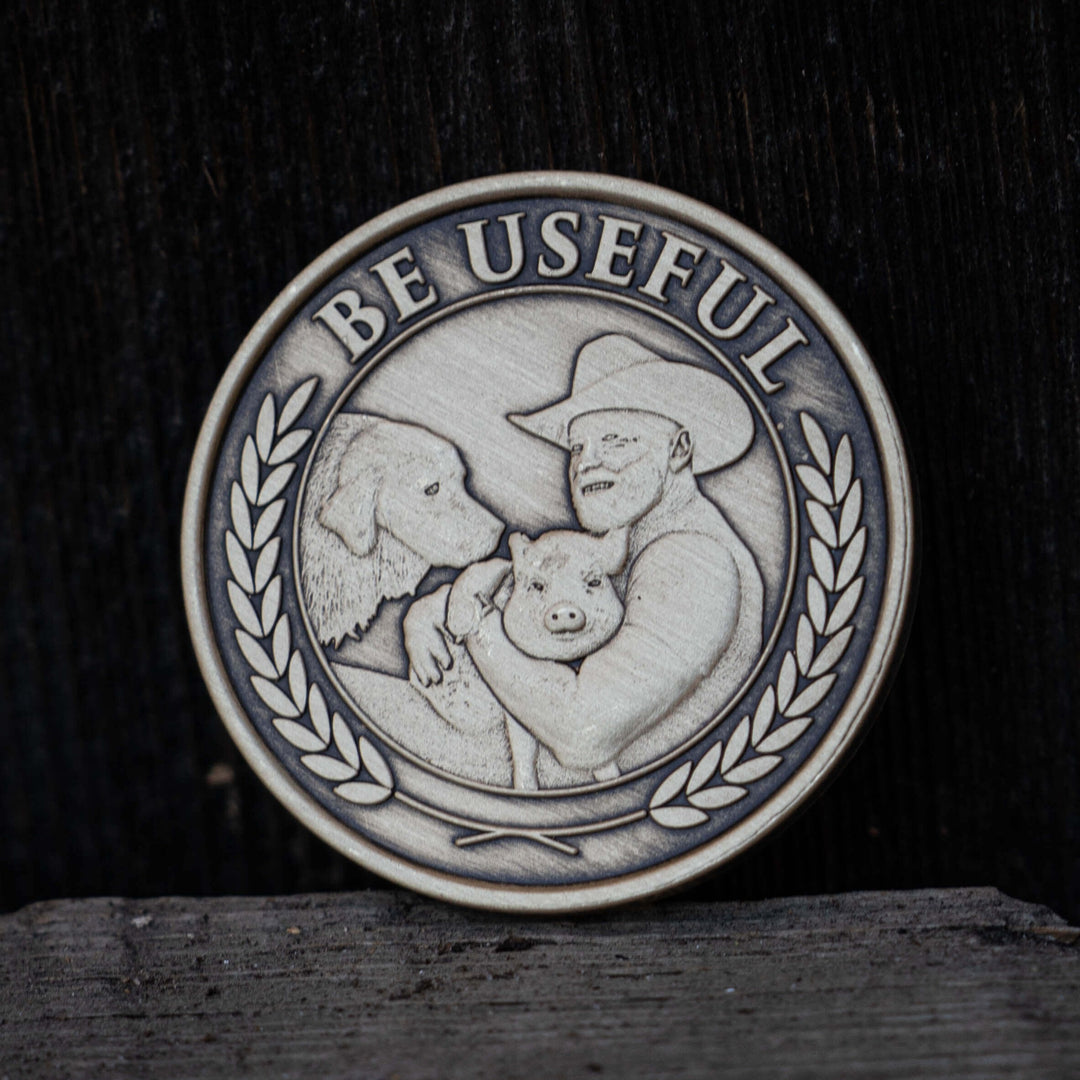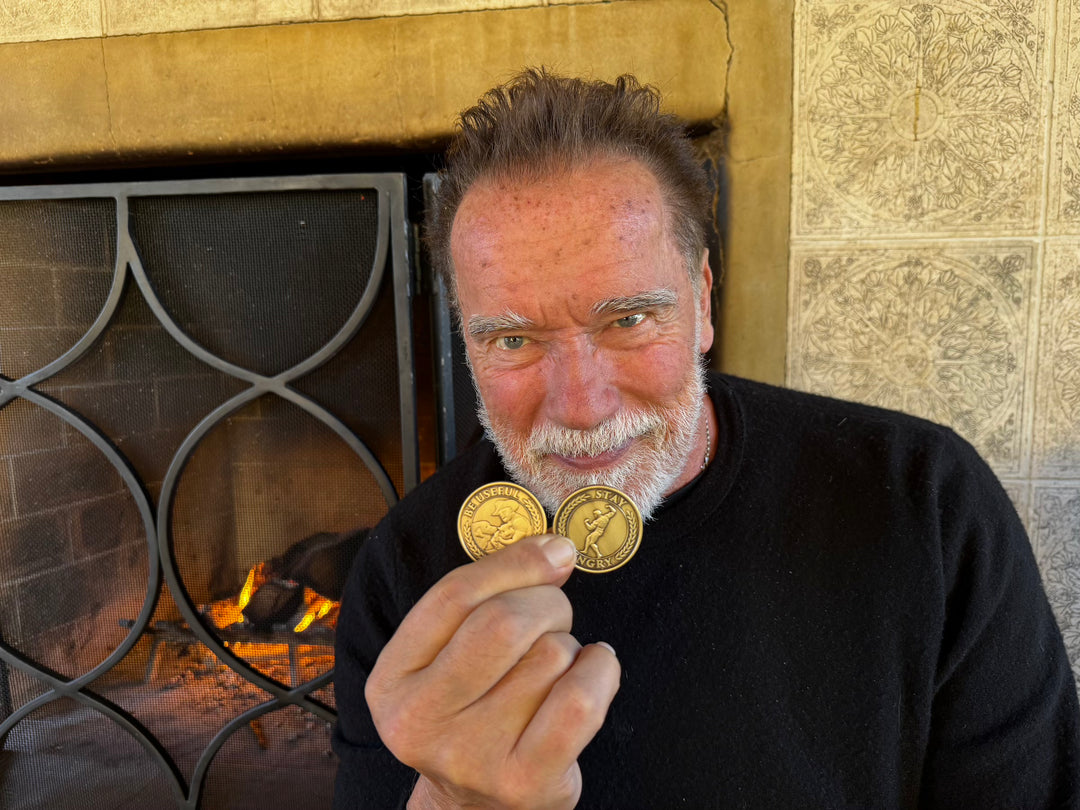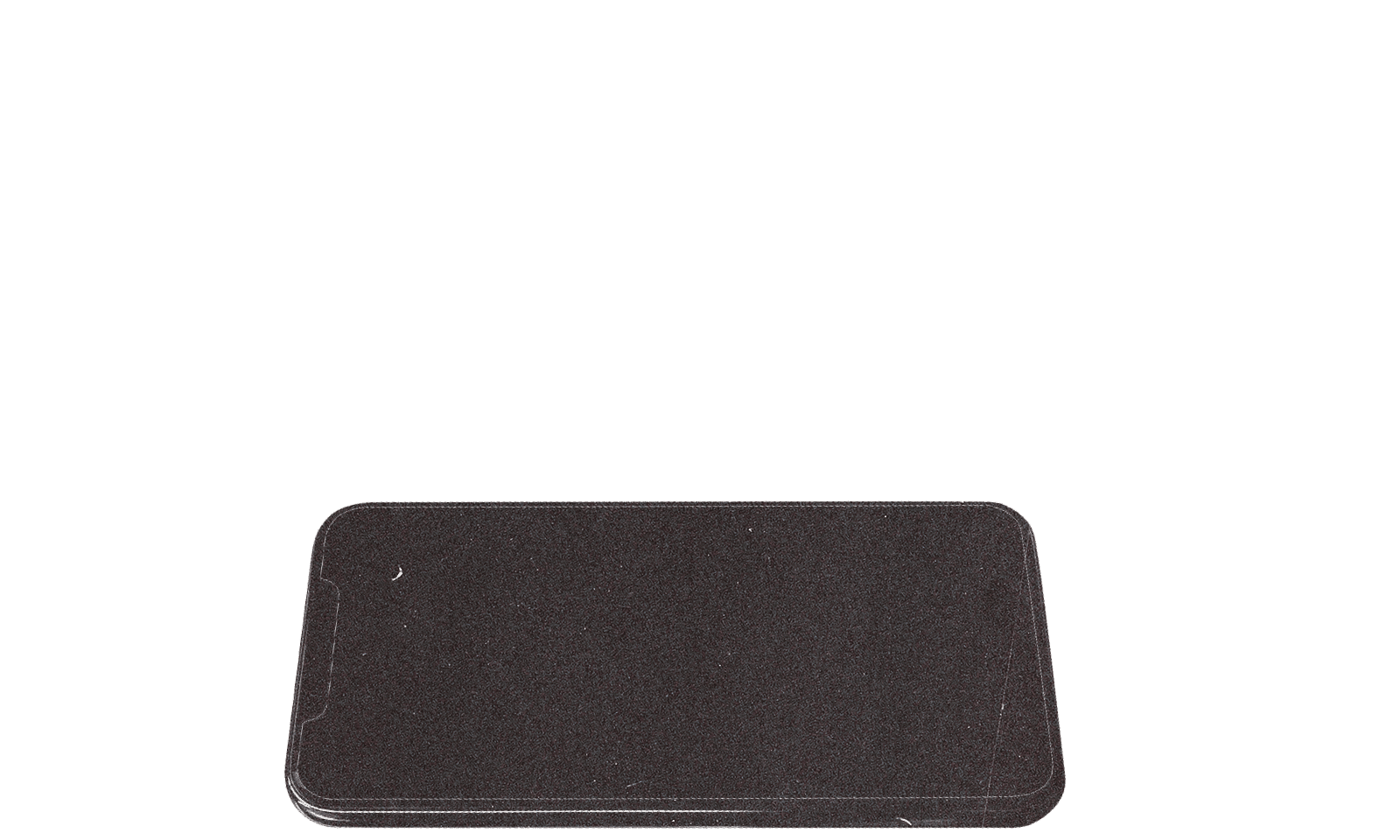Welcome to the positive corner of the internet. Every weekday, we help you make sense of the complex world of wellness by analyzing the headlines, simplifying the latest research, and providing quick tips designed to help you stay healthier in under 5 minutes. If you were forwarded this message, you can get the free daily email here.
Today’s Health Upgrade
Monday motivation
A way to reduce fat gain when you overeat?
The lies on the label
Workout of the week
Arnold’s Podcast
Want more stories from Arnold? Every day, Arnold’s Pump Club Podcast opens with a story, perspective, and wisdom from Arnold that you won’t find in the newsletter. And, you’ll hear a recap of the day’s items. You can subscribe on Apple, Spotify, Google, or wherever you listen to podcasts.
Arnold’s Corner
Monday Motivation: Don’t Waste This Resource
I want you to do something for me.
Open up your phone. Go to the “screen time” part of it. If you’re a boomer like me, this is in your settings. You can also pull down on an Apple device and search “Screen Time” and go straight to it.
I want you to look at two things: First, find your average daily screen time over a week. Second, do a deeper dive and see what apps or websites take up most of your time.
The average person spends over 2 hours every single day on social media.
They spend over 1 hour every single day on streaming services.
Over a week, that’s 21 hours between social media and streaming. In a month, it’s 90 hours.
In a year, that’s 1,095 hours. Do you know how many days that is?
45.
So at the end of a year, the AVERAGE person has given 45 days to social media and streaming. We aren’t even talking about the extreme cases.
I’m not crazy, so let’s say your hour of streaming a day is a positive for you to wind down. I know I love to watch a show on Netflix for a little bit, and recently I was dying laughing while watching The Studio at night. So let’s take the streaming time out of the equation.
The average person spends 730 hours a year on social media. That is 30 days. Not 30 “8-hour work days.” That’s 30 whole, 24-hour days. A month, just totally gone.
Let’s say you live 80 years. That’s 2,400 days. Six and a half years of your life. Gone. To social media.
I know some math geniuses will want to correct me and say that they didn’t get a phone until they were 14, so let’s do that math: we can subtract 14 years of 30 days a year, that’s 420 days. That brings the total lifetime hours on social media down to 1,980.
So let’s be fair. Conservatively, the average person who doesn’t start using a phone until they are 14 will spend 5.4 years on social media.
Again, that is conservative and based on the average person of all ages.
Our younger people should pay more attention.
Gen Z? You spend an average of 4 hours a day on social media, so you are giving up over a decade of your life. Millennials? You’re at 3 hours, so you’re giving social media more than 8 years of your life.
People focus on a lot of small stuff that doesn’t matter, but they don’t think enough about time.
Do you know what most people would give to live 5 years longer? Do you know how scared they would be if we told them there is a disease that will steal 5 years from them? But the average person is just willingly giving it up.
The problem isn’t that we don’t have enough time. The problem is that many people waste it. If you add up your wasted hours throughout your life, you’re not finding days — you are finding years.
People will tell me they don’t have time to workout. I’ll always ask them to do what I asked you to do: pull out their phone and check their screen time.
Let me tell you, 2 hours on social media seems low to me based on what I’ve seen.
So far, there hasn’t been a single person that didn’t have the time for the gym. Every time I see it, I say, terminate one hour of social media, and you have all the time you need for the gym.
The difference between an hour in the gym and an hour on social media is the same as the difference between investing and spending.
When you invest, you get something that makes your future better because it gives you a return. When you spend, you get something to make your present better. Buying a house is an investment — you can make that money back eventually, and more. Buying a couch is spending — you have a place to sit, but you’ll never see that money again.
Being on social media is spending your time — you never get that time back. Training is investing it, because every hour in the gym extends your life. It fights heart disease, cancer, diabetes, Alzheimer’s…all the top killers.
But today, when you look at your screen time, I don’t want you to just think about training. This is deeper than that.
I want you to think about all the other things you could do with those extra 5 years of life social media is taking from you.
How many times do I hear people tell me they wish they could spend more time with their kids? Learn a language? Read more books? Learn to play chess? Start the business they always dreamed of?
That 2 hours a day of social media is your choice not to do any of those things.
It is your choice to sit on your phone and read about the lives and thoughts of other people for 2 hours of your day, 30 days of your year, 5 years of your life…instead of just living your own life.
You can take that time back. You can add years to your life.
But you have to make a choice.
You have to decide your time is worth it — that your life is worth it.
Together With Momentous
Does More Protein Mean Less Fat?
You can’t cheat the laws of physics—but you might be able to reshape how your body stores extra calories.
Eating more protein can help limit or reduce fat gain even when you’re overeating.
Researchers conducted a tightly controlled 12-week study to investigate how the body responds to overeating when you consume different amounts of protein. The participants were fed 40 percent more calories than usual—about 950 extra calories per day. The only difference? One group received 5 percent of their calories (the lower group) from protein, another 15 percent (the moderate group), and the last group had 25 percent (the high group) of their calories from protein.
The more protein participants ate, the less fat they gained and the more muscle they stored.
The low-protein group gained the least weight (3.2 kg), but this weight gain was almost entirely fat. The moderate- and high-protein groups gained more weight (6.1 kg and 6.5 kg, respectively) but also added significantly more lean muscle mass (2.9 kg and 3.2 kg, respectively).
Body fat increased slightly in all groups, showing that protein didn’t prevent fat gain — it just shifted more excess calories into muscle.
However, only the normal and high-protein groups showed increased resting energy expenditure (burning 160 to 227 more calories per day), meaning their bodies burned more calories when doing nothing.
So why did more protein make a difference? The researchers suggest that protein promotes muscle growth and boosts metabolism, even in a calorie surplus. It also prevents muscle loss, which can otherwise occur when eating too little protein, even while gaining weight.
If you’re in a season of higher calories—whether intentionally bulking or just eating more than usual—aiming for a higher-protein diet can help reduce fat gain and preserve (or even build) muscle. Try to consume at least 0.6 to 1 gram of protein per pound of your goal body weight per day, and spread it out across meals to support recovery and lean muscle mass.
You don’t need to obsess over every gram, but you do want to make those grams count. High-quality protein sources include eggs, poultry, fish, lean red meat, Greek yogurt, cottage cheese, legumes, tofu, tempeh, and game meat. These foods provide the essential amino acids your body needs to build and maintain muscle.
But if you’re falling short—or just want a convenient way to hit your goals—Momentous Protein offers the quality your body deserves (with whey protein or plant protein). It’s third-party tested for quality, easy on the stomach, and delivers the correct dose of protein without added junk or misleading labels (more on that below). As an APC reader, you can upgrade your protein and get up to 35% OFF a subscription with the code "PUMPCLUB."
Whether you're trying to build muscle, protect your metabolism, or improve your body composition, adding a scoop or two of protein to your day can make it easier to stay on track.
Nutrition
The Lies On The Label
Before you grab the cheapest protein on the shelf, there might be more than meets the eye.
Multiple court cases, independent laboratory tests, and regulatory analyses from 2015 to 2024 consistently found that 47 to 70 percent of protein powders had quality issues.
The problem is so widespread that specialized testing protocols have been developed specifically to detect protein fraud, and major companies have paid tens of millions in settlements.
Just so you know, current regulations allow up to 20 percent variation from labeled protein content, unless the products are third-party certified. And that if you buy a “whey protein concentrate,” it’s possible that the whey can be as little as 30 percent protein by weight.
Protein might seem like protein, but some lawsuits have found that products labeled as having 28 grams of protein per serving could actually contain as little as 15 grams.
That’s why we stick with the brand leading the way in supplement quality, label accuracy, and quality.
The cheaper protein powders might seem like a bargain, but they may be inexpensive because they don’t contain much protein.
Remember, there’s nothing unique about protein powder. You don’t need it. However, if you don’t eat enough protein, it’s a convenient and quick way to upgrade your nutrition.
Fitness
Workout Of The Week
Just because you use heavier weights doesn’t mean you can’t also increase workout volume — even if you’re short on time.
With wave loading, you stimulate the body with a heavy but doable initial set, back off slightly, and then push yourself to the limit.
Today’s wave—which has you cycle through 6-4-2-1 reps—starts with moderately heavy weight and then adds volume with each set, down to just one rep at a non-maximum weight that will have your muscles feeling alive, not wrecked.
How to do it
Perform reps in this order per movement: 6, 4, 2, 1
You’ll perform 6 reps of the first exercise, then 6 of the second, 6 of the third, and finally six of the fourth. Then, return to the first exercise and do 4 reps of each exercise, then 2 reps, and finally 1 rep of each. Doing all four rounds is one wave.
Use a weight you could do for 10 reps
Rest 2–3 minutes between waves
Complete 2–3 total waves total
Exercise 1: Front Squat (Barbell or Goblet Squat)
Exercise 2: Bent-over Row (Barbell or Dumbbell)
Exercise 3: Barbell or Dumbbell Bench Press
Exercise 4: Romanian deadlift (barbell or dumbbell)
Give it a try and start your week strong!
—
Publisher: Arnold Schwarzenegger
Editors-in-chief: Adam Bornstein and Daniel Ketchell


